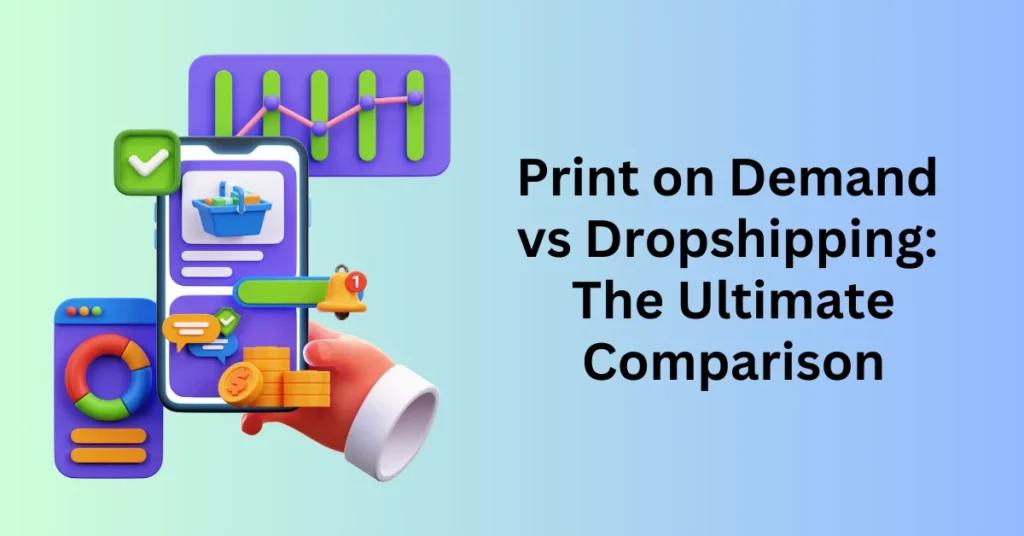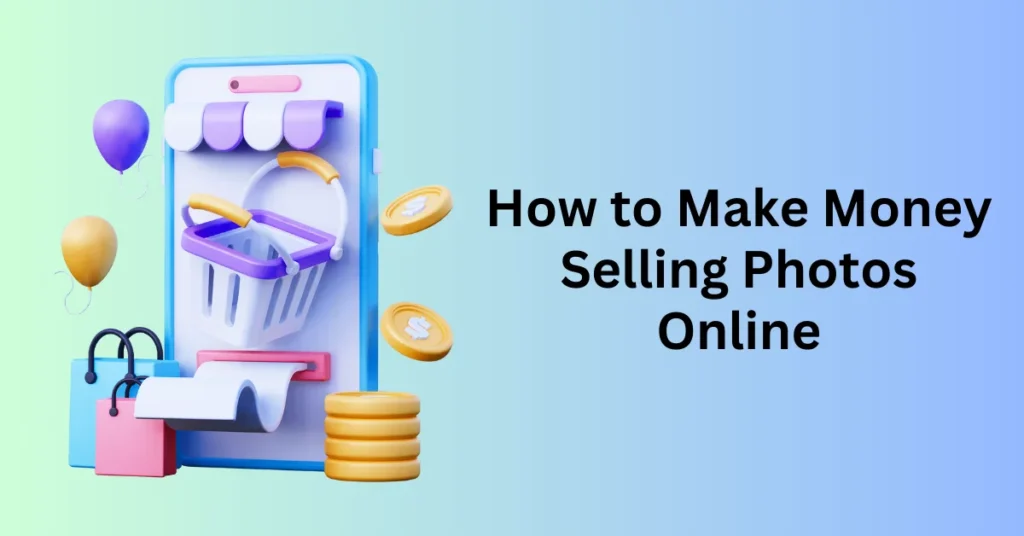If you’re an entrepreneur looking to start an online business, you’ve probably considered both Print on Demand (POD) and dropshipping. Choosing between these two models can be challenging if you don’t fully understand their key differences. While similar, each has distinct pros and cons that align differently depending on your vision for your eCommerce store.
This article compares their advantages and disadvantages, difficulty level, branding options, and product customization to help you make the best choice for your business.
Start Your Print On Demand Dropshipping Business Today
What is Print on Demand?
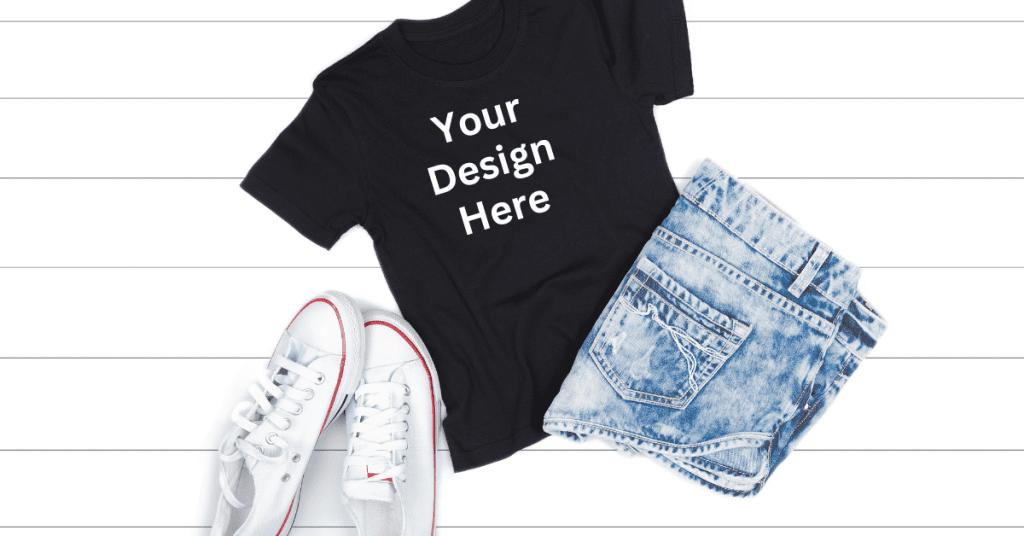
Print on Demand (POD) allows anyone to start a business selling custom products without dealing with production, inventory, or shipping. Products are printed only after a customer places an order, so you don’t incur production costs upfront. There are no minimum order requirements, and the print provider takes care of all fulfillment and shipping.
This business model has minimal startup costs, making it ideal for those looking to sell unique items with little financial risk.
Here’s how it works:
- Sign up with a print-on-demand company like Printify.
- Select products and add your custom designs.
- Choose a sales platform.
- List the products in your online store and start selling.
- When a customer orders, your print provider produces and ships the product directly to them.
What is Dropshipping?
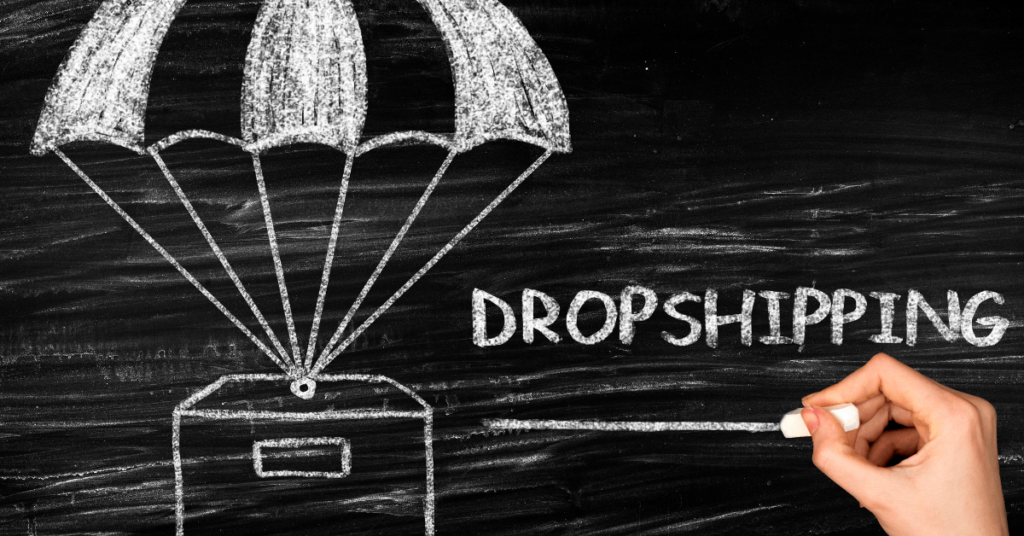
Dropshipping is similar to Print on Demand in that you don’t need to handle production or shipping. And, you only pay for the product after a customer places an order. However, you cannot customize the items.
Here’s how it works:
- Choose one or more dropshipping suppliers and list their products in your online store.
- A customer buys a product from your store at the retail price.
- You send the order details to the supplier and pay the wholesale price.
- The supplier ships the product directly to the customer from their fulfillment center.
Like POD, dropshipping doesn’t require you to keep inventory, though some suppliers may have minimum order requirements or a required monthly sales volume.
Print on Demand vs Dropshipping: Quick Overview
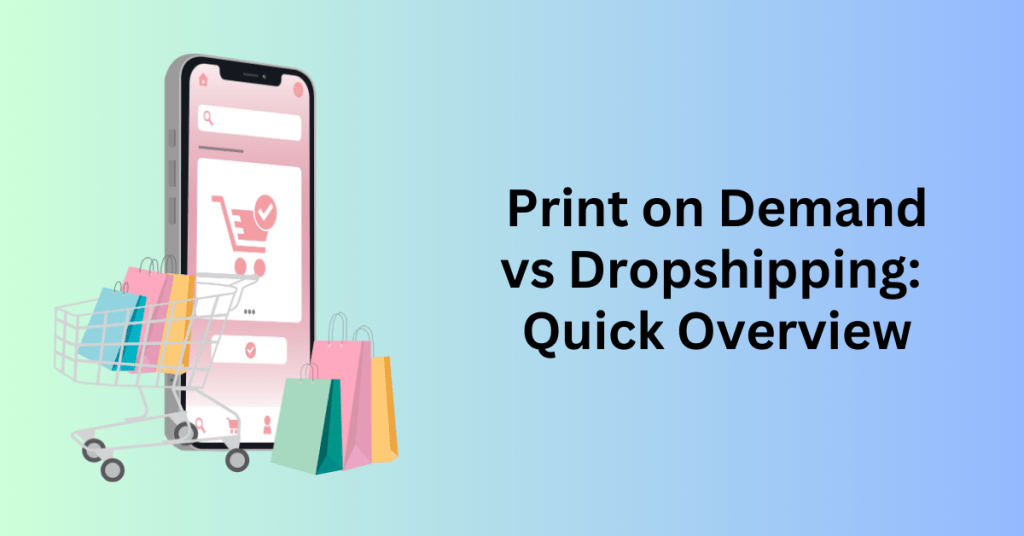
Here’s a quick overview of the print-on-demand and dropshipping business models.
| Feature | Print on Demand (POD) | Dropshipping |
| Product Customization | High – Custom designs and products | Low – Standard products from suppliers |
| Inventory Management | No inventory needed | No inventory needed |
| Initial Investment | Low – Pay per order | Low – Pay per order |
| Product Range | Typically limited to print-related items | Broad – Wide variety of products |
| Shipping | Handled by POD provider | Handled by dropshipping supplier |
| Branding | High – Custom branding options available | Low to Medium – Limited branding options |
| Order Fulfillment | Automated through POD service | Automated through dropshipping supplier |
| Profit Margins | Variable – Can be lower due to customization costs | Variable – Can be higher due to bulk purchasing options |
| Quality Control | Controlled by POD provider | Depends on supplier quality |
| Delivery Time | Can be longer due to customization process | Varies based on supplier and shipping method |
| Returns/Refunds | Managed by POD provider | Managed by dropshipping supplier |
| Control Over Products | High – Create unique products | Low – Sell pre-existing products |
| Business Model | Suitable for artists, designers, and creators | Suitable for general retailers |
Start Your Print On Demand Dropshipping Business Today
1. Difficulty Level

Print on Demand
Print on Demand (POD) allows anyone to start a business with minimal upfront investment and no need to handle shipping or production. Companies like Printify offer seamless integration with popular sales channels, free design tools, and useful resources, making it easy to start, manage, and scale your business. Your success will largely depend on the quality of your designs, the niche you choose, your marketing strategy, branding, and customer service.
Dropshipping
Dropshipping is easy to start since there’s no need for upfront investment or managing order fulfillment. However, it comes with significant downsides. Challenges include finding reliable suppliers, the time required to set up an online store, high competition, and the inability to customize products.
2. Inventory Management
Print on Demand
With print-on-demand services, you can eliminate the hassles of production, inventory management, and shipping logistics. When a customer makes a purchase from your print-on-demand store, the printing company takes care of everything. They will print the item, package it, and ship it directly to your customer. This streamlined process allows you to focus on marketing and growing your business rather than handling physical products.
However, there are a few drawbacks to consider. Fulfillment times can be longer because items are only printed as orders come in, which means there’s no pre-existing stock. Additionally, you may have limited control over stock availability. Fortunately, Printify offers a solution to this issue with their Order Routing feature. If your preferred print-on-demand supplier is unable to fulfill an order, it will be automatically rerouted to the nearest and most suitable alternative supplier. This not only ensures that the order is fulfilled but can also reduce shipping costs by using a supplier with a warehouse closer to the customer’s address.
Dropshipping
The dropshipping business model also eliminates the need for inventory management. In this model, dropshipping suppliers maintain an inventory of ready-made products. When a customer places an order, the product is immediately packaged and shipped from the supplier’s warehouse. This will result in faster fulfillment times compared to print-on-demand.
However, the location of your dropshipping suppliers can affect shipping times. If your suppliers are located far from your target market, delivery delays might occur. Additionally, stock availability can be a concern. Since you depend on third-party suppliers to manage inventory, there is always a risk that products may go out of stock or be discontinued without prior notice, potentially impacting your business operations.
3. Costs
Print on Demand
Print on Demand involves three primary costs:
Printing Costs: You incur expenses for each product as it is printed. The cost per unit varies based on several factors including the type of product, the printing technique used (such as direct-to-garment or sublimation), additional customization options (like adding personalized text or graphics), and any branding inserts (such as custom packaging or labels).
Shipping Costs: Shipping costs depend on multiple factors including the location of the print-on-demand supplier, the destination of the order, the weight of the package, and the chosen shipping method (standard, expedited, etc.). These variables can significantly affect the final shipping cost.
Platform Fees: Depending on the sales channel you use, you might incur various platform fees. These can include listing fees for each product, shipping fees, payment processing fees, monthly subscription fees for using certain eCommerce platforms, and more. These fees can add up and should be factored into your overall pricing strategy.
Dropshipping
Dropshipping also involves three main costs:
Product Costs: Unlike print on demand, dropshipping involves purchasing ready-made products from suppliers. The cost per unit depends on the type of product, the pricing set by the supplier, and the quantity of the order. Bulk orders might come with discounts, but this varies by supplier.
Shipping Costs: Shipping costs in dropshipping can vary widely, especially if the supplier is located in a different country than your customer base. Higher international shipping rates can impact your profitability. It’s crucial to research and compare shipping rates from various suppliers to find the most cost-effective options.
Platform Fees: Many dropshipping platforms or individual suppliers charge fees for access to their product catalogs and services. These fees can include subscription fees for using the platform, transaction fees on each sale, or commission-based charges. It’s important to understand these fees and incorporate them into your pricing strategy to maintain profitability.
4. Product Customization
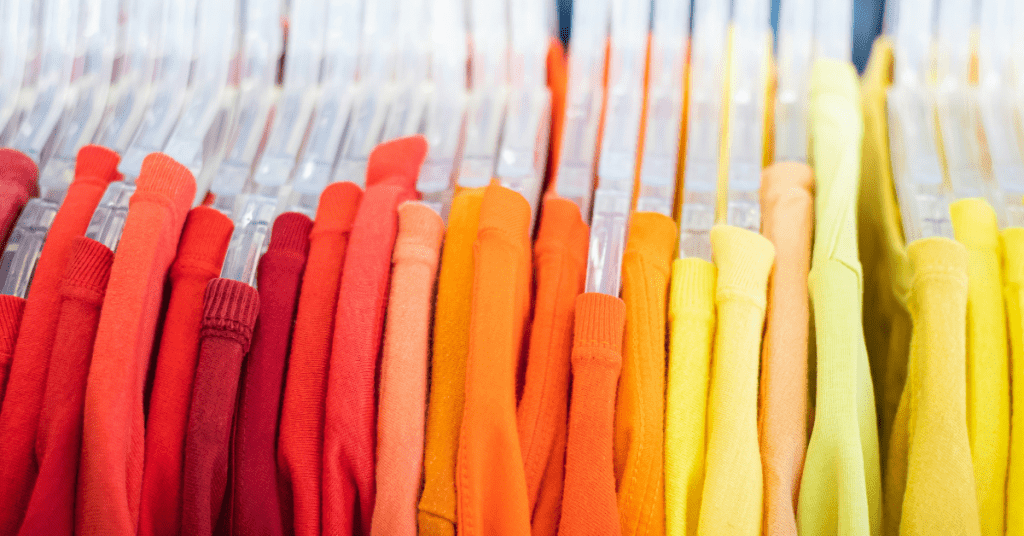
Print on Demand
Product customization is the standout advantage of print-on-demand services. This model allows entrepreneurs to create unique products with original designs, helping their businesses differentiate themselves in a crowded market. Many print-on-demand companies offer free design tools to facilitate this process.
For example, the Printify Product Creator includes features like an AI Image Generator, Text Editor, and Graphics Library. This can enable you to quickly and easily create personalized products. This level of customization can attract a loyal customer base and enhance brand identity.
Dropshipping
In contrast, dropshipping generally doesn’t offer product customization unless you partner with a private-label dropshipping supplier. This limitation means that to succeed, you must focus more on marketing strategies and sourcing high-demand products to differentiate your business from other dropshipping competitors. Without the ability to customize, your business will rely heavily on identifying and promoting trending products. Besides, you will need to optimize your marketing efforts to generate sales and stand out in the marketplace.
5. Product Selection and Quality
Print on Demand
Print-on-demand suppliers typically offer a diverse array of products, including apparel (such as t-shirts, hoodies, and hats), accessories (like phone cases, tote bags, and jewelry), and home decor items (such as posters, pillows, and mugs). The quality of these products can vary significantly depending on the company and its print providers. Therefore, it’s crucial to read reviews and order samples before committing to a specific print-on-demand company to ensure that the quality meets your standards.
Priintify prioritize quality by thoroughly vetting their Print Providers. This rigorous process ensures that its merchants receive the highest quality products, the best prices, and the fastest order fulfillment. Their commitment to quality control helps you to build trust with your customers and maintain a strong reputation.
Dropshipping
Dropshipping services often offer a broader range of products that print-on-demand suppliers typically do not, such as sports equipment, electronics, kitchen appliances, furniture, and even auto parts. However, the reliability and product standards of dropshipping suppliers can vary widely, which can make it challenging to ensure consistent quality.
To mitigate this risk, it is essential to order samples from potential suppliers to test product quality before adding them to your store. By doing so, you can verify that the products meet your standards and provide your customers with reliable and high-quality items. This step is crucial for maintaining customer satisfaction and minimizing returns or complaints.
6. Branding Options

Print on Demand
Most print-on-demand companies offer several branding options to help your business stand out:
Custom Packaging: Unique packaging enhances brand recognition and creates a memorable unboxing experience for customers. Custom packaging can include branded boxes, bags, and wrapping materials that reflect your brand’s identity.
Branded Product Designs: Incorporating your logo on neck labels, tags, or other areas of your products reinforces your brand identity and authenticity. This not only helps in creating a professional look but also increases brand recall every time a customer uses the product.
Custom Inserts: Adding custom packaging inserts, such as thank-you notes, discount coupons, or promotional materials, allows brands to connect more personally with customers. These inserts can encourage repeat purchases and foster a stronger relationship with your audience.
Dropshipping
While dropshipping offers less control over product branding, there are still effective strategies to make your online business stand out:
Compelling Product Listings: Create detailed product descriptions and use high-quality, eye-catching images to make your products more appealing. Highlight the unique features, benefits, and uses of each product to attract potential buyers. A well-crafted product listing can significantly increase conversion rates.
Strong Brand Identity: Developing a distinct brand identity for your website and overall business can greatly enhance brand recognition and encourage customer loyalty. This includes designing a cohesive visual style, using consistent messaging, and building a unique brand voice. A strong brand identity can set you apart from competitors and build a loyal customer base.
7. Control and Flexibility
Print on Demand
Print-on-demand businesses offer a high degree of flexibility, allowing entrepreneurs to adapt and grow their offerings with ease. This flexibility includes:
Product Selection: You can easily choose from a wide range of products to sell, such as apparel, accessories, and home decor items.
Design Customization: Create and adjust product designs quickly to reflect trends, seasonal themes, or customer preferences.
Printing Methods: Select from various printing techniques, such as direct-to-garment, screen printing, or sublimation, to suit different products and design needs.
Supplier Options: Change suppliers if needed to find better quality, pricing, or shipping options.
Adding New Products: Expand your store by regularly introducing new products, keeping your inventory fresh and appealing to repeat customers.
Dropshipping
Dropshipping also provides significant flexibility for business growth and adaptation. This includes:
Adding New Products: Easily expand your product range by partnering with additional suppliers or introducing new product categories.
Adjusting Profit Margins: Modify your pricing strategy to optimize profit margins based on supplier costs, market demand, and competition.
Market Expansion: Explore and enter new markets without the need for significant upfront investment in inventory. This flexibility allows you to test different markets and find the most lucrative opportunities.
8. Competition
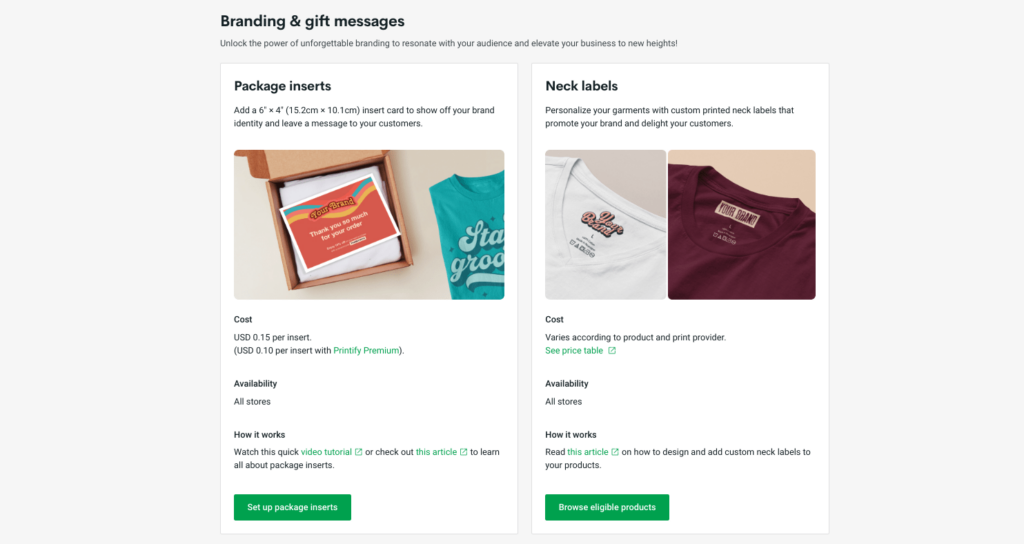
Print on Demand
Print on Demand empowers you to outshine the competition by creating unique products with yoru own design. This business model allows you to leverage your creativity and originality to offer unique designs that differentiate your store from others.
By establishing a solid brand and selecting a profitable niche, you can significantly improve brand recognition, increase profits, and reduce competition. A strong brand identity and targeted niche not only attract a loyal customer base but also make it harder for competitors to encroach on your market share.
Dropshipping
Dropshipping can be challenging due to the prevalence of similar products offered by many online businesses at competitive prices. To increase your chances of success in this competitive landscape, you should focus on several key strategies:
Creating a Solid Brand: Develop a distinct and memorable brand identity that resonates with your target audience. This includes a cohesive visual style, consistent messaging, and a unique brand voice.
Conducting Market Research: Thoroughly research your market to understand customer preferences, identify gaps in the market, and find opportunities for differentiation.
Developing an Effective Marketing Strategy: Utilize various marketing channels and tactics, such as social media, email marketing, content marketing, and paid advertising, to reach and engage your target audience effectively.
Providing Excellent Customer Service: Prioritize customer satisfaction by offering prompt, helpful, and friendly customer service. This can lead to positive reviews, repeat customers, and word-of-mouth referrals.
Finding Unique Products: Source unique or hard-to-find products that set your store apart from competitors. This can help attract customers looking for specific items that are not widely available elsewhere.
9. Minimum Order Requirements
Print on Demand
One of the key advantages of Print on Demand is the absence of minimum order requirements. This means products can be manufactured in quantities as small as tens or hundreds, perfectly matching the needs of both you and your customers. Whether you’re fulfilling a single order or fulfilling larger quantities, Print on Demand allows for flexibility in production without the burden of holding excess inventory.
Dropshipping
Similarly, dropshipping suppliers generally do not impose per-order minimums. This flexibility enables you to fulfill customer orders as they come in without having to meet specific quantity thresholds. However, it’s important to note that some dropshipping suppliers may require a minimum monthly sales volume to maintain an active account.
This requirement ensures a consistent level of business and helps suppliers manage their operations effectively. Meeting these minimum sales volumes can be a consideration when selecting and maintaining relationships with dropshipping suppliers.
10. Shipping Time
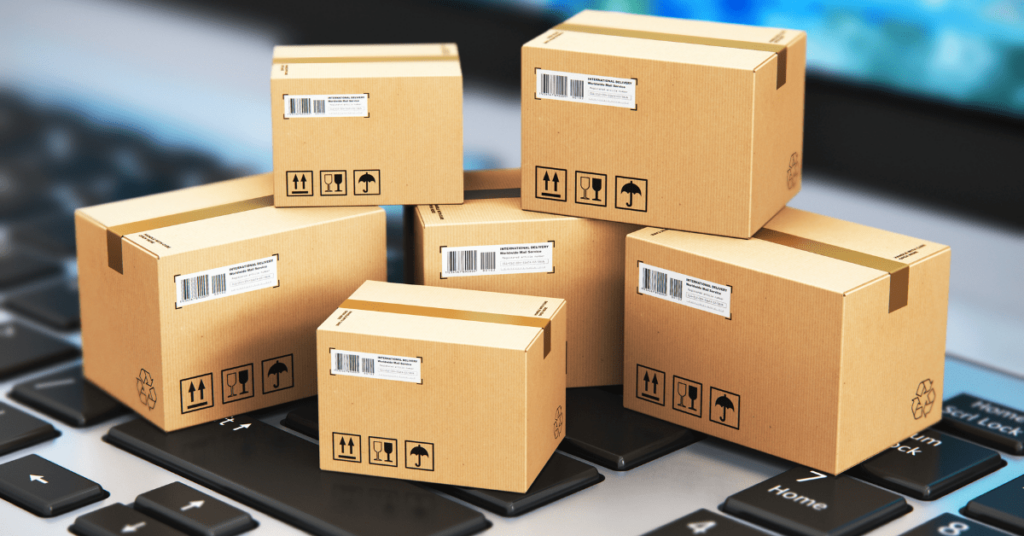
Print on Demand
Shipping times for print-on-demand products vary depending on the carrier and the destination. Since each product is customized before shipping, the processing time can be slightly longer compared to pre-manufactured items. This customization process ensures that each product meets the specific design and quality standards set by the customer or the seller.
Therefore, customers may experience longer wait times due to the production and customization stages involved in print-on-demand fulfillment.
Dropshipping
Dropshipping offers the advantage of quick fulfillment, where products are shipped directly from the supplier’s fulfillment center to the customer. However, shipping times in dropshipping can still vary based on several factors. These include the efficiency of the chosen carrier, the proximity of the supplier’s fulfillment center to the customer’s location, and any potential delays in transit.
While dropshipping eliminates the need for product customization, shipping times are still influenced by logistical considerations that affect the overall delivery timeline.
11. Profit Margins
Print on Demand
For print-on-demand businesses, we recommend setting a minimum profit margin of 40% to effectively cover the expenses associated with running your eCommerce operations. This margin ensures you can manage costs such as product production, shipping, platform fees, marketing, and customer service. Moreover, if you create designs that resonate strongly with your target audience, you have the opportunity to set even higher profit margins. This strategy leverages the appeal of unique and personalized products to justify higher pricing, thereby increasing your profitability per sale.
Dropshipping
In dropshipping, suppliers typically charge a slight premium over general wholesale prices, which affects your profit margins. To achieve comparable earnings as with traditional retail or wholesale models, you may need to sell a higher volume of products. The average profit margin in dropshipping ranges between 15% and 20%, though this can vary significantly based on your specific niche, the pricing structure set by suppliers, and the overall product costs. It’s crucial to conduct thorough market research and carefully evaluate your pricing strategy to optimize profitability while remaining competitive in your chosen market. Balancing these factors effectively can help you maximize revenue and sustain a successful dropshipping business.
12. Integrations
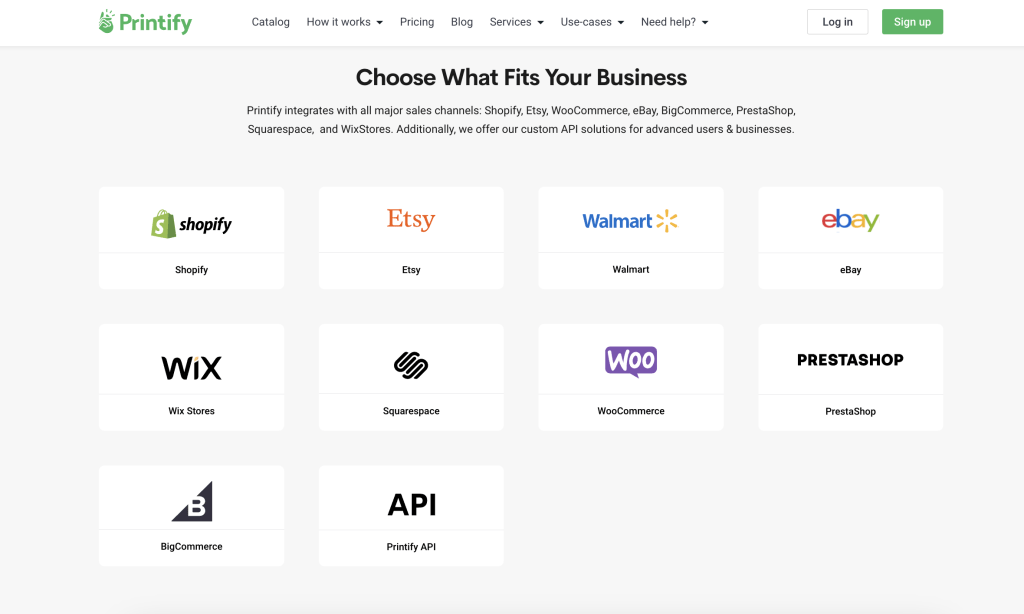
Print on Demand
Print-on-demand (POD) suppliers typically offer seamless integration with popular eCommerce platforms and marketplaces. This functionality allows sellers to easily connect their POD supplier accounts with their websites on various sales channels such as Shopify, WooCommerce, Walmart, and Etsy. These integrations streamline the process of adding products to your store, managing orders, and synchronizing inventory, making it simpler to run your business efficiently. By leveraging these integrations, you can focus more on marketing and customer engagement, knowing that the backend logistics are being handled effectively.
Dropshipping
Similarly, dropshipping companies provide integrations that simplify the selling process. Sellers can connect their dropshipping stores to suppliers, enabling automation of key tasks such as order processing, inventory management, and shipping. These integrations help ensure that orders are processed promptly, stock levels are accurately maintained, and shipping details are managed efficiently. By automating these processes, you can save time and reduce the risk of errors, allowing you to focus on growing your business and improving customer satisfaction. Integrations with platforms like Shopify, WooCommerce, and other eCommerce solutions make it easier to manage your dropshipping business seamlessly.
Final Thoughts: Print on Demand vs Dropshipping: The Ultimate Comparison
Deciding between Print on Demand (POD) and dropshipping ultimately comes down to your business goals and personal preferences, as there’s no clear winner between the two models. Each has its own set of advantages that can align with different business strategies and aspirations.
Print on Demand is ideal if you want to express your creativity and cater to a specific niche. This model allows you to create unique, customized products that stand out in the market. With POD, you can design one-of-a-kind items that reflect your brand’s identity and appeal to a targeted audience. This approach is perfect for entrepreneurs who enjoy design and want to offer personalized products.
Dropshipping, on the other hand, might be the better choice if customization isn’t your priority. This model allows you to sell a wide variety of products without worrying about production or inventory management. Dropshipping is particularly advantageous if you prefer focusing on marketing, sales, and finding trending products to attract a broad customer base. It offers flexibility in product selection and can be easier to scale quickly.
Both business models have the advantage of enabling entrepreneurs to start businesses without the responsibilities of production, inventory, or shipping. If done right, they can both be highly successful and profitable. The key is to choose the model that best fits your interests, strengths, and business objectives. Whether you opt for Print on Demand to showcase your creativity or dropshipping to leverage a wide range of products, each path offers unique opportunities for growth and success.
